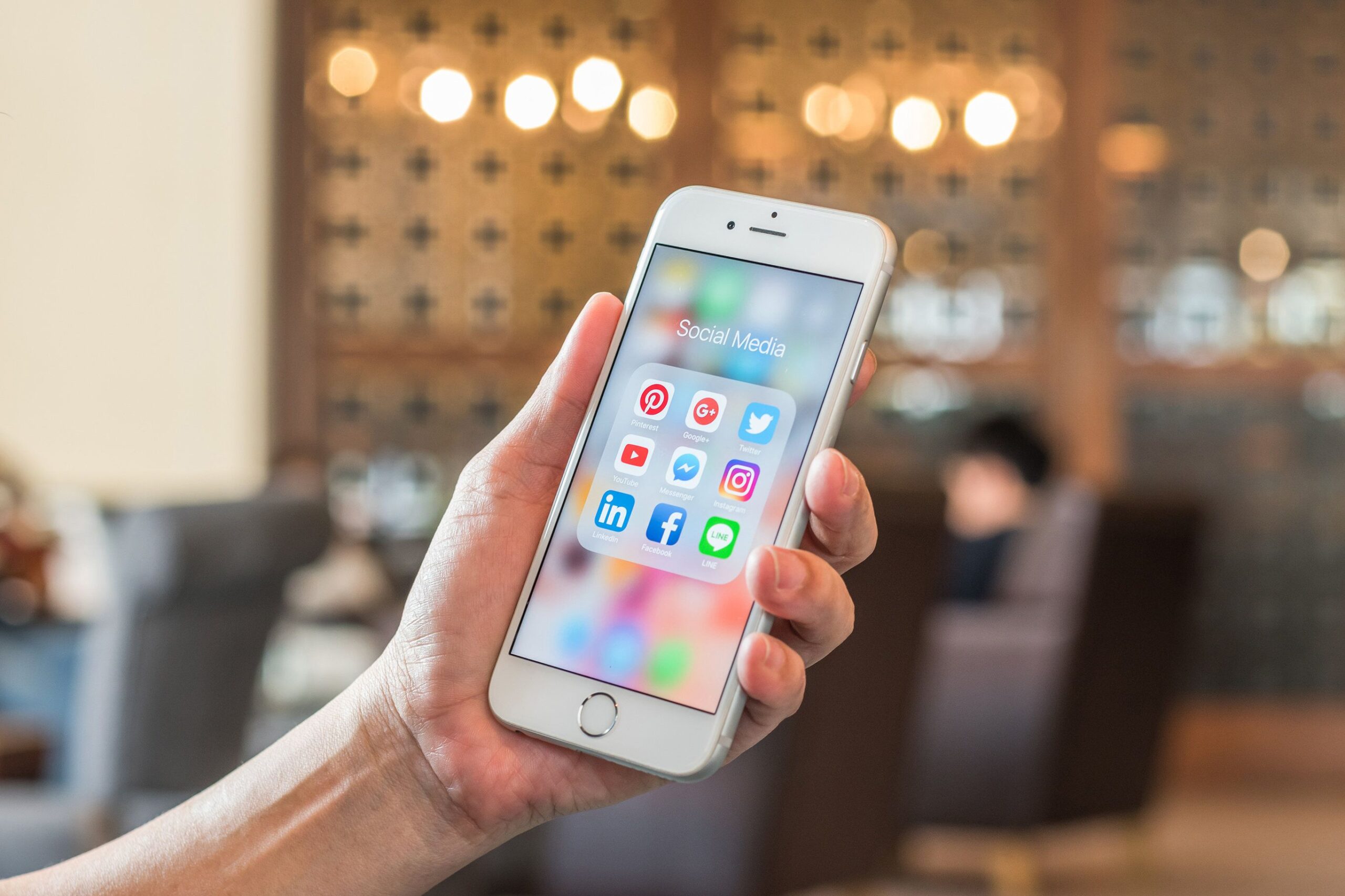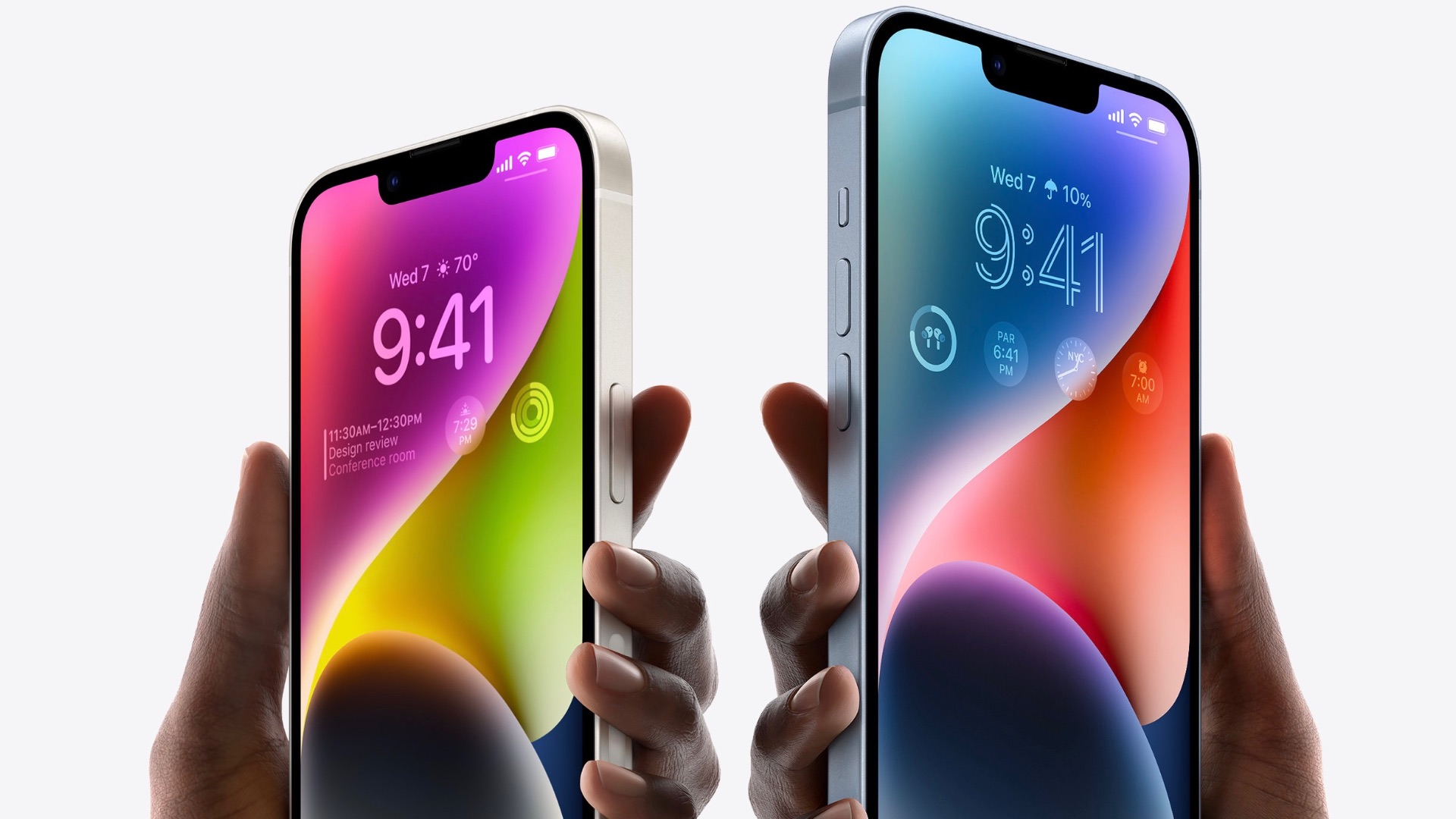 Unlock Your Phone’s Hidden Potential: Unexpected Features You Didn’t Know Existed
Unlock Your Phone’s Hidden Potential: Unexpected Features You Didn’t Know Existed
We rely on our smartphones for everything – communication, navigation, entertainment, and even as our personal assistants. But how much do we really know about the powerful devices we carry in our pockets? Beyond the basics of making calls and sending texts, your phone is brimming with hidden features and functionalities that can significantly enhance your daily life. This article dives deep into the unexpected capabilities of your smartphone, unveiling a treasure trove of tricks and tips you probably never knew existed. Get ready to unlock your phone’s full potential!
I. Accessibility Features: More Than Just for Disability
Often overlooked, accessibility features are designed to make smartphones usable for individuals with disabilities. However, many of these features can benefit everyone, regardless of their abilities.
- Text-to-Speech and Speech-to-Text: Both Android and iOS have robust text-to-speech (TTS) capabilities, allowing your phone to read aloud articles, ebooks, or even emails. This is perfect for multitasking while commuting or giving your eyes a break. Conversely, speech-to-text (STT) lets you dictate messages, emails, and notes, freeing your hands for other tasks. Android uses Google Assistant for this, while iOS utilizes Siri. To enable TTS, look for “Accessibility” settings, then “Spoken Content” (iOS) or “Text-to-speech output” (Android). For STT, the keyboard usually has a microphone icon to initiate voice input.
- Magnification and Zoom: Struggling to read small text on a website or in an app? Built-in magnification tools allow you to zoom in on specific areas of the screen. On iOS, enable “Magnifier” in Accessibility settings to use your camera as a digital magnifying glass. Android typically offers screen magnification options within the same Accessibility menu, often activated with a triple-tap on the screen.
- Color Filters and Invert Colors: These features are particularly useful for users with colorblindness or visual sensitivities. Color filters adjust the color palette of the display, making it easier to distinguish between colors. Invert Colors reverses the colors on the screen, which can reduce eye strain in low-light conditions. Find these options under Accessibility settings, often within the “Vision” category. The “Dark Mode” prevalent in modern phones is a softer version of this, but dedicated invert color options offer more extreme contrast.
- Hearing Aid Compatibility: Many smartphones are compatible with hearing aids, allowing for clearer audio during calls and media playback. Look for “Hearing Devices” or “Hearing Aid Compatibility” settings to pair your hearing aids with your phone.
II. Camera Tricks and Hidden Settings
Your smartphone camera is more than just a point-and-shoot device. It’s packed with features that can significantly improve your photography skills.
- Burst Mode: Capture a series of photos in rapid succession by holding down the shutter button (or volume button on some phones). This is ideal for capturing action shots or ensuring you get the perfect moment in a group photo. Later, you can sift through the burst and select the best images.
- Gridlines and Level: Enable gridlines in your camera settings to help you compose your shots according to the rule of thirds, a fundamental principle of photography. A built-in level (often indicated by a line that turns green when the phone is level) ensures your horizons are straight.
- Manual Mode (Pro Mode): For more advanced users, many phones offer a manual or pro mode that allows you to control settings like ISO, shutter speed, white balance, and focus. Experimenting with these settings can significantly improve the quality and creativity of your photos.
- Hidden Camera Modes: Explore your camera app’s menu for hidden modes like panorama, time-lapse, slow motion, and even document scanning. Some phones also offer specialized modes for food photography or capturing starry night skies.
- Volume Button Shutter: Configure your volume buttons to act as a shutter release. This can make it easier to take photos, especially when holding the phone with one hand.
III. Security and Privacy Enhancements You Might Miss
Protecting your personal information is paramount. Smartphones offer a range of security and privacy features that often go unnoticed.
- App Permissions Management: Regularly review the permissions granted to your apps. Do you really need a flashlight app to access your contacts? Revoke unnecessary permissions to limit the amount of data apps can collect. Android and iOS provide granular control over app permissions.
- Two-Factor Authentication (2FA): Enable 2FA on all your important accounts (email, social media, banking). This adds an extra layer of security by requiring a code from your phone (usually via SMS or an authenticator app) in addition to your password.
- Find My Device (Android) / Find My (iOS): Make sure “Find My Device” (Android) or “Find My” (iOS) is enabled. This allows you to track, lock, or even remotely wipe your phone if it’s lost or stolen.
- Private Browsing: Use private browsing mode (Incognito Mode in Chrome, Private Browsing in Safari) to prevent your browsing history and cookies from being saved. This is useful for browsing sensitive information or shopping for gifts without leaving a trace.
- Password Manager: Use a password manager (either built-in or a third-party app) to generate and store strong, unique passwords for all your online accounts. This eliminates the need to remember multiple passwords and reduces the risk of password reuse. Both Android and iOS offer integrated password management that can sync across devices.
- Limit Ad Tracking: Reduce the amount of personalized advertising you see by limiting ad tracking in your phone’s settings. While this won’t eliminate ads entirely, it can make them less targeted.
IV. Productivity Power-Ups
Smartphones can be powerful productivity tools if you know how to leverage their hidden capabilities.
- Custom Keyboard Shortcuts: Create custom keyboard shortcuts for frequently used phrases or email addresses. This can save you time and effort when typing. Android and iOS both offer text replacement features in their keyboard settings.
- Split-Screen Multitasking: Work on two apps simultaneously by using split-screen multitasking. This is perfect for comparing information, taking notes while watching a video, or chatting while browsing the web. The method for activating split-screen varies depending on the phone model, but it usually involves long-pressing the recent apps button or swiping up from the bottom of the screen and holding.
- Screen Recording: Record your phone’s screen to create tutorials, capture gameplay footage, or share a troubleshooting process with tech support. Most modern Android and iOS devices have built-in screen recording functionality.
- Clipboard Management: Some Android phones offer a clipboard manager that saves multiple copied items, allowing you to paste them later. This is useful for copying and pasting information from multiple sources.
- NFC (Near Field Communication): Beyond mobile payments (like Google Pay or Apple Pay), NFC can be used for other things, such as quickly pairing with Bluetooth devices or transferring files between phones.
V. Lesser-Known But Useful Features
These features might not be essential, but they can be surprisingly helpful in certain situations.
- Emergency SOS: Quickly call emergency services and share your location with designated contacts by pressing the power button multiple times (usually five times). This feature can be a lifesaver in emergency situations. Configure your emergency contacts and medical information in your phone’s settings.
- Flashlight Brightness Adjustment: Adjust the brightness of your phone’s flashlight. This can be useful for conserving battery or providing just the right amount of light. The method for adjusting brightness varies depending on the phone model.
- Reverse Wireless Charging: Some high-end phones offer reverse wireless charging, allowing you to use your phone to wirelessly charge other devices, such as earbuds or smartwatches.
- One-Handed Mode: Shrink the screen display to make it easier to use the phone with one hand. This is particularly useful for phones with large screens.
- Guest Mode: Create a separate user profile with limited access to your phone’s data. This is useful for lending your phone to someone without giving them access to your personal information.
- Shake to Undo: On iOS, shaking your phone allows you to undo typing. This is a quick and easy way to correct mistakes.
VI. Exploring Your Phone’s Unique Features
The features listed above are just a starting point. Different phone models and manufacturers often include unique features that are specific to their devices. Take some time to explore your phone’s settings and experiment with different options. Read your phone’s manual (or search online for tips and tricks specific to your model). You might be surprised at what you discover.
Conclusion:
Your smartphone is a powerful and versatile device packed with hidden features waiting to be discovered. By exploring these unexpected capabilities, you can unlock your phone’s full potential, enhance your productivity, improve your security, and ultimately make your life easier. So, take some time to delve into your phone’s settings and discover the hidden gems that can transform the way you use your device. You might just find a feature that you can’t live without! Don’t be afraid to experiment – the best way to learn is by doing. And who knows, you might even discover a new trick that you can share with your friends. Happy exploring!
